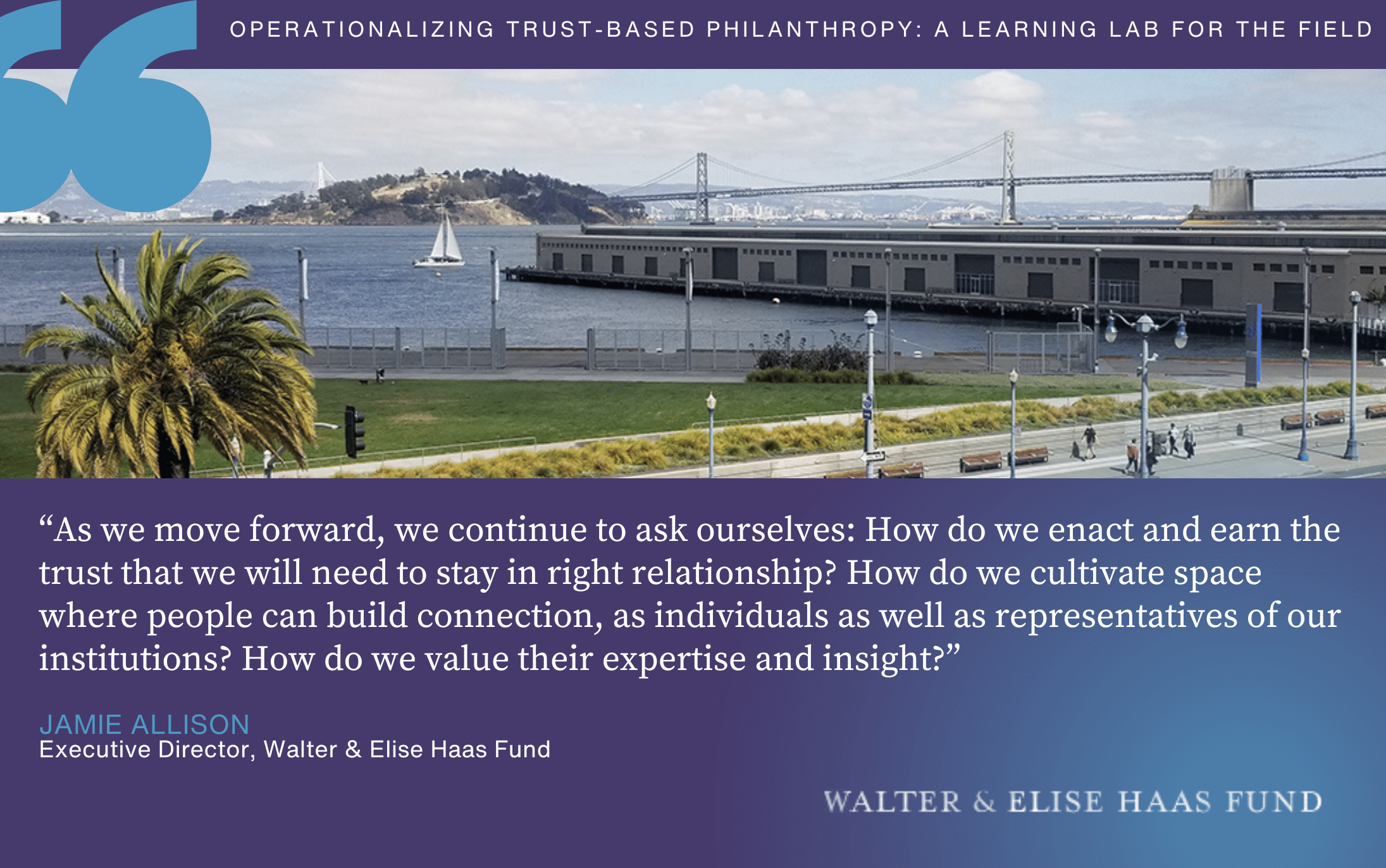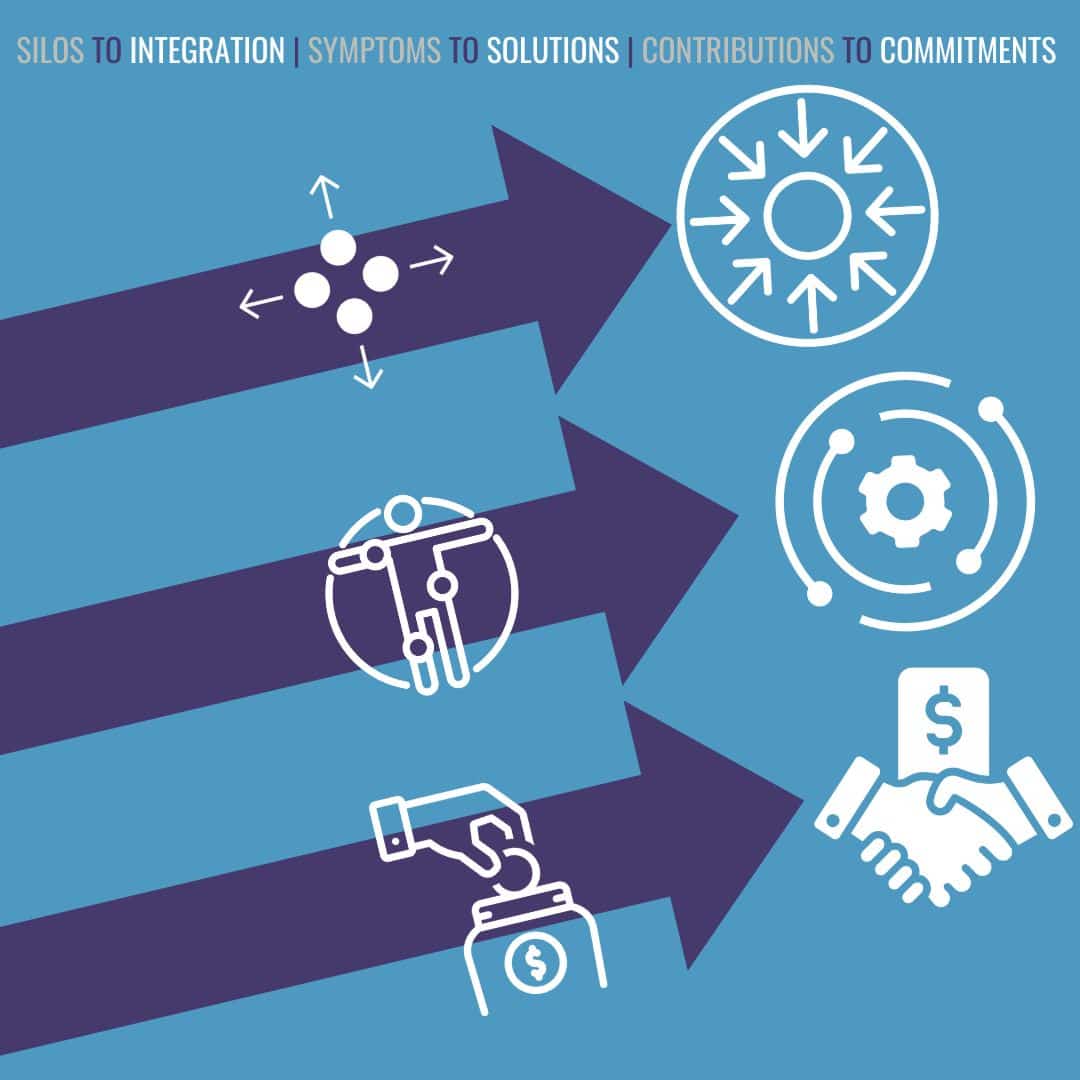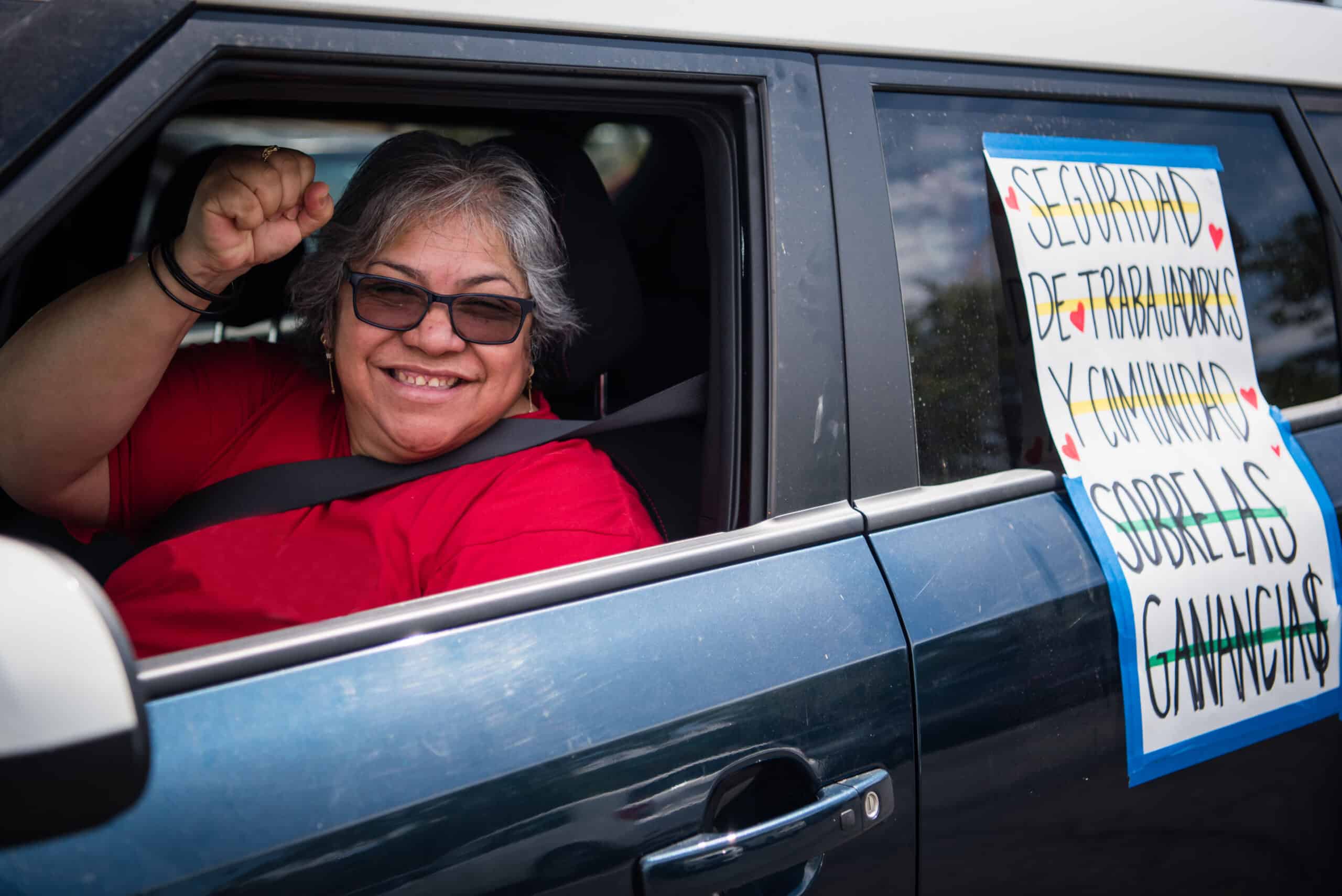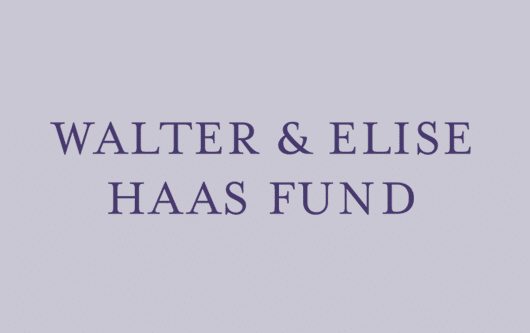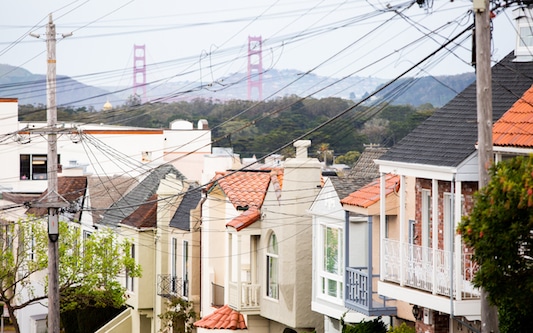Update:
W&EHF’s Grantmaking Redesign
This year we’ve been talking with grantees, community, and our board of…
The Walter & Elise Haas Fund’s
New Grantmaking Philosophy
The impact of philanthropic endeavors is inextricably linked to the health of…
The Walter & Elise Haas Fund Invests $24.5M in Closing the Racial And Gender Wealth Gap
We are thrilled to announce the launch of the Walter & Elise Haas Fund’s…
Protecting the Most Vulnerable During 2020’s Compounding Crises
Since 1952, the Walter & Elise Haas Fund has been committed to building and…
Listening to the Nonprofit Community During COVID-19
Things are changing quickly, frequently, and for many of us, frighteningly. The…
Community Health During COVID-19
Today, especially, it is important for us to continue doing all we can to…
2019: Three Insights and One Conclusion
The Walter & Elise Haas Fund fosters a more healthy, just, and vibrant Bay…



